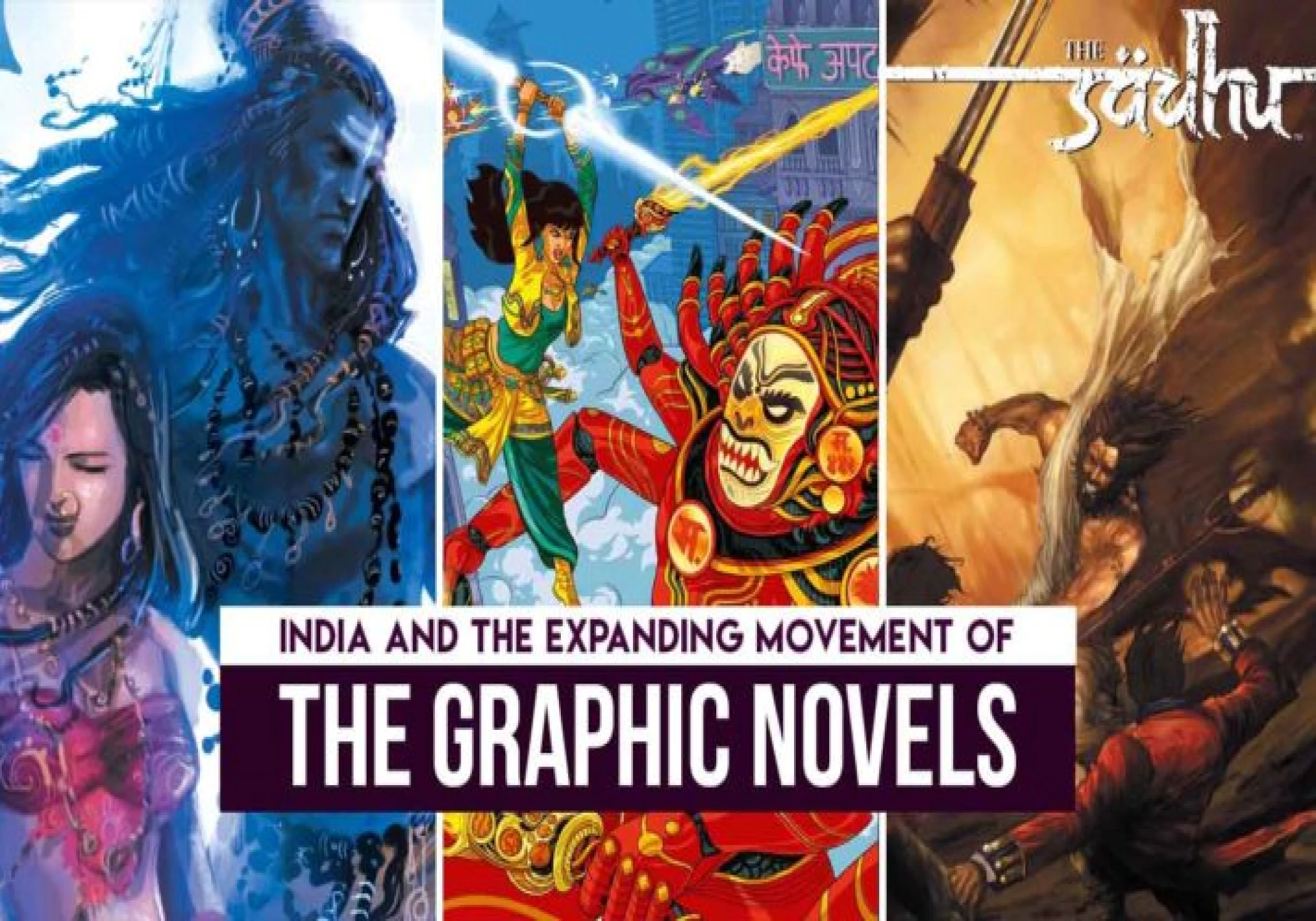
Comics in India have traditionally been seen as a niche market, catering primarily to children. However, a new wave of graphic novels is challenging this perception. With stunning visuals, mature themes, and captivating narratives, graphic novels are rapidly gaining popularity among Indian readers of all ages.
Why are Graphic Novels Trending in India?
Visually Captivating: Graphic novels offer a unique blend of words and art, creating a dynamic and immersive reading experience that caters to a generation accustomed to visual storytelling.
Exploring Complex Themes: Indian graphic novels are tackling a diverse range of themes, from social commentary and political satire to historical fiction and mythology retellings. This allows them to engage readers in a way that traditional text-based narratives might not.
Accessibility and Readability: Graphic novels can be a gateway to reading for those who find traditional prose daunting. The combination of visuals and text makes them easier to digest and more engaging for a wider audience.
Thriving Indie Scene: The rise of independent publishing houses is allowing fresh voices and innovative ideas to flourish in the Indian graphic novel scene.
Impact of Graphic Novels on Indian Publishing:
Expanding Reader Base: Graphic novels are attracting new readers to the publishing world, especially young adults and those who prefer a visual storytelling format.
Crossover Appeal: The success of graphic novels is blurring the lines between genres, with established authors and artists collaborating on new projects.
Breaking Geographical Barriers: The digital space allows Indian graphic novels to reach a global audience, showcasing Indian stories and art on a larger platform.
Examples of Trending Indian Graphic Novels:
Aditi by Amruta Patil: This coming-of-age story explores themes of self-discovery and female sexuality through vibrant artwork.
The Sari Detective by Sreejaya Krishnamurthy: Set in 1990s Calcutta, this detective story features a saree-clad protagonist who tackles social issues.
The Vaysal of Mani Marg by Vivek Shanbhag: A historical fiction graphic novel that reimagines the Emergency period in India.
Challenges and the Road Ahead:
Limited Shelf Space: Graphic novels often struggle for shelf space in traditional bookstores, making them less discoverable by potential readers.
Building Recognition: Creating a wider recognition for graphic novels as a legitimate literary form is crucial for sustained growth.
Despite these challenges, the future of Indian graphic novels appears bright. With their captivating visuals, ability to tackle complex themes, and growing popularity, graphic novels are poised to become a major force in the Indian publishing landscape. They are not only shaping the way stories are told in India but also expanding the definition of what it means to be a reader.

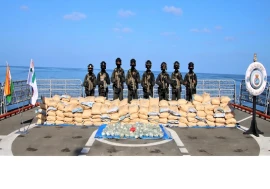



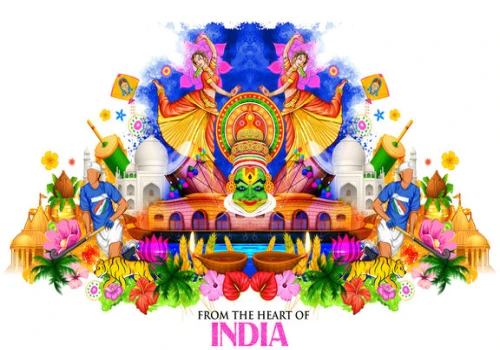
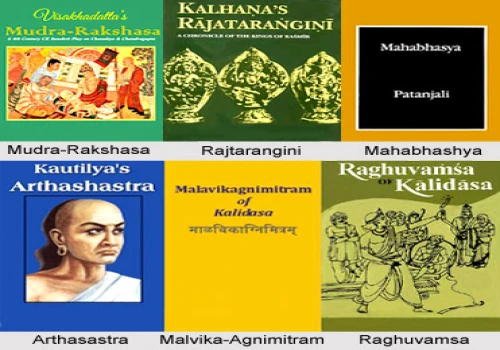
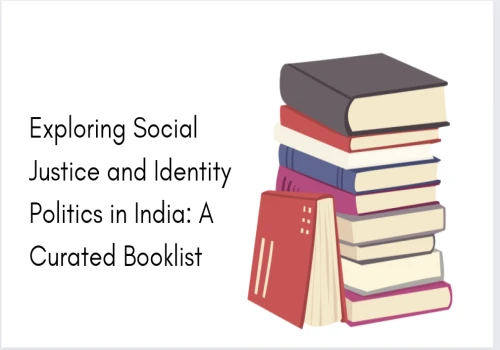

_500_x_350.webp)

